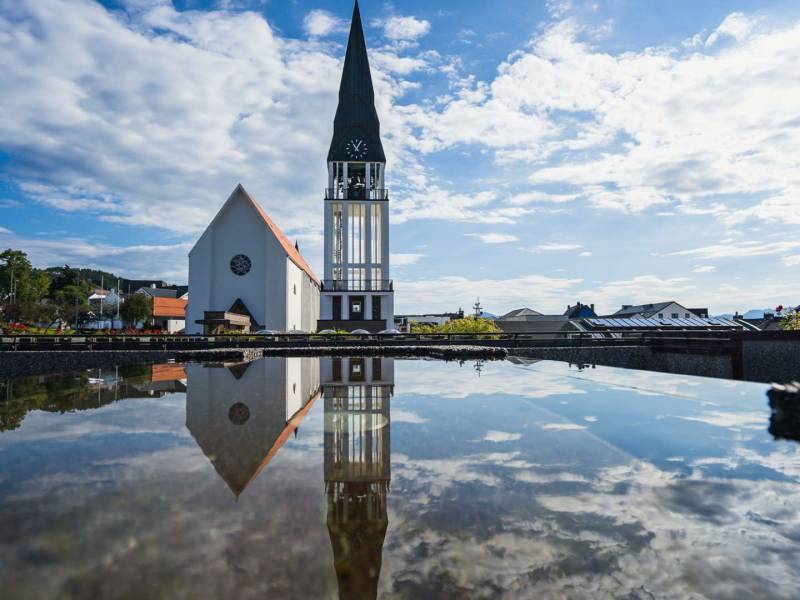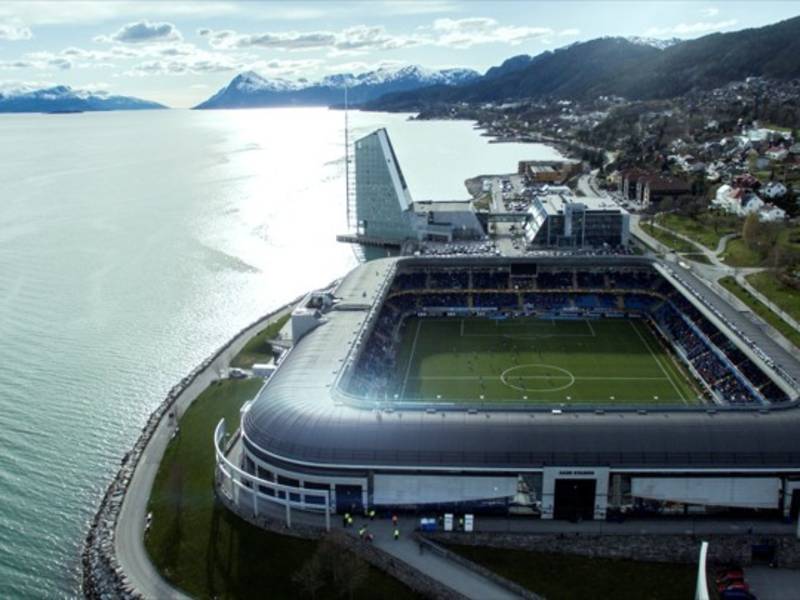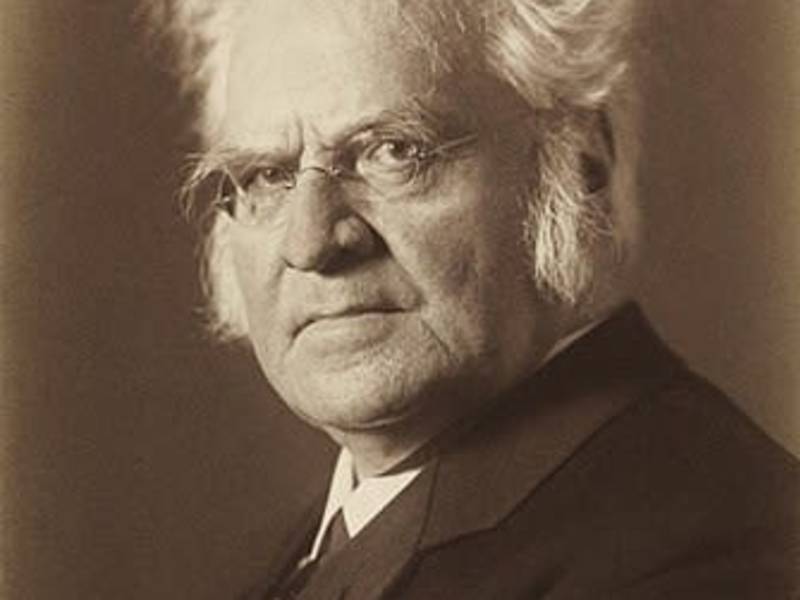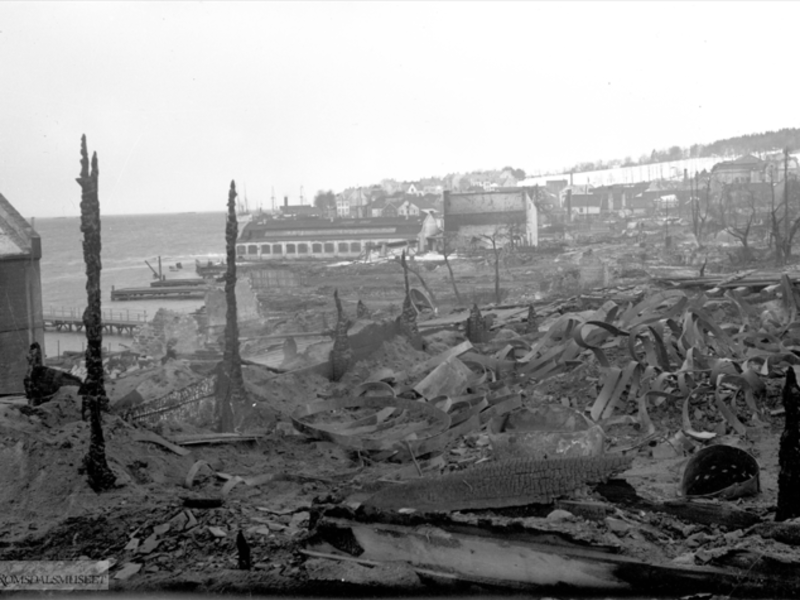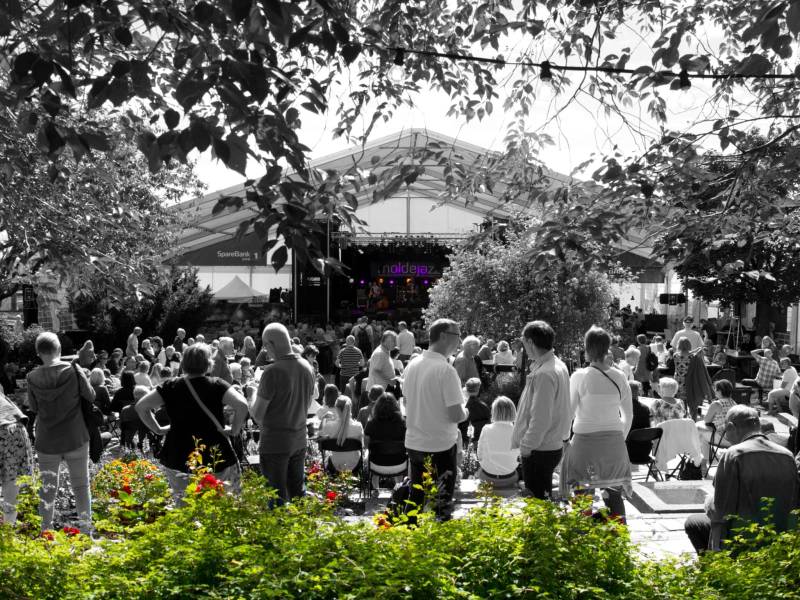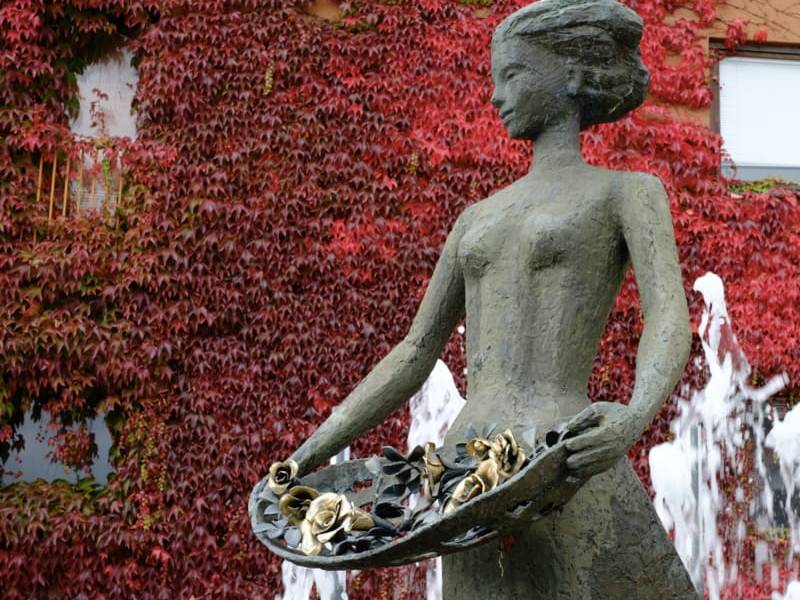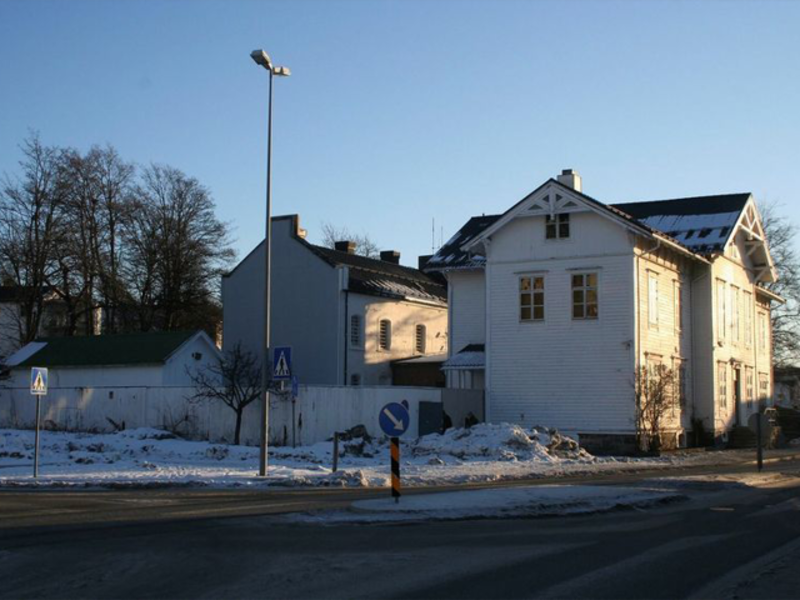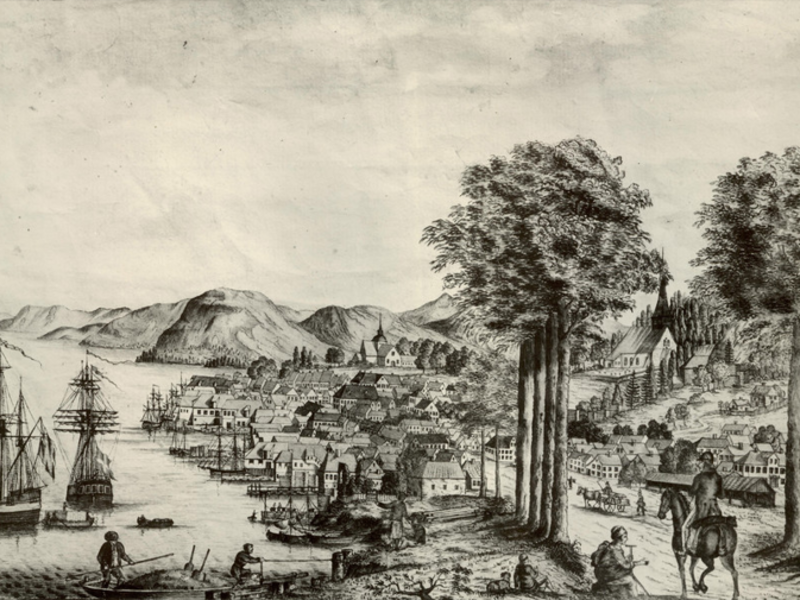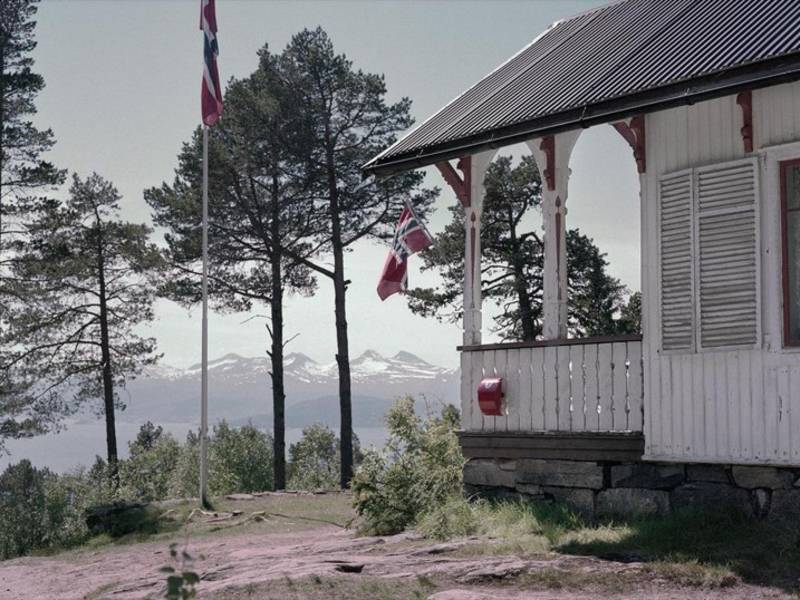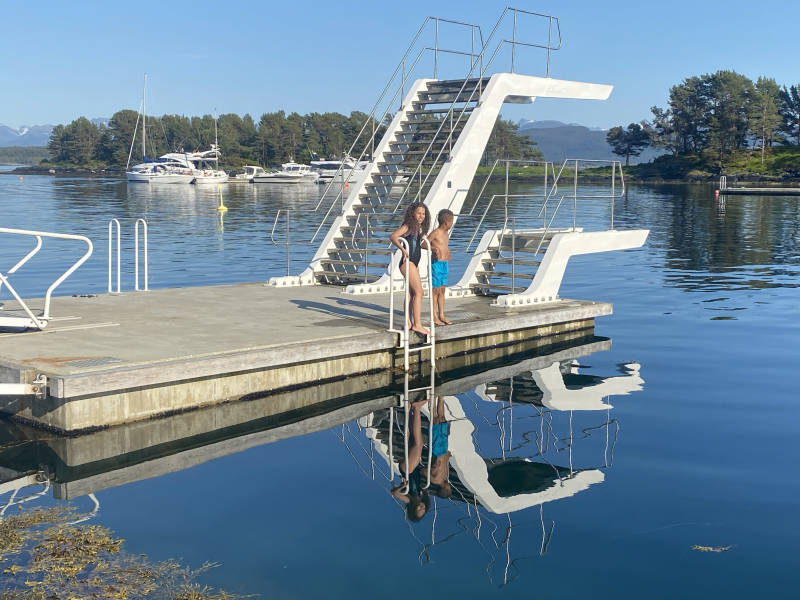HJERTØYA – A SWIMMING AND RECREATIONAL PARADISE
Hjertøya is the largest island of the Molde archipelago which consist of several small islands and islets in the fjord just south of Molde. Colloquially, they are known as the islets or «Moldivene». Hjertøya is owned by Molde municipality. The island is wooded, with beaches and sheltered bays. There are many good opportunities for enjoying the outdoors and bathing. There is a shuttle boat on a fixed route during the summer – a 10-minute boat ride from the centre of Molde.
On Hjertøya you can follow the path through the whole island out to Hjertøytangen, a very pleasant walk where you can stroll through the “ hundred metre wood” before reaching Tangen itself. And on a sunny summer day, Hjertøya is Molde’s top bathing and recreational paradise. It is nice to take a picnic basket with you, BBQ and sunbathe, jump into the water from the jumping tower, or enjoy a coffee from the café run by the friends of Hjertoya.
The story of how Hjertøya became a public domain, is actually that of a small coup:
Hjertøya and the Molde islands were owned by the large Moldegård farm who had a permanent settlement here from the 1700s right until the 1950s with a croft on the north side of the bay. Hjertøya and the other islands in Molde could have become the playground of the rich, but that never came to pass.
In 1903 Moldegård sold the Molde islands to the Norwegian state. But after three decades of forestry work on the largest islands the state forestry service wanted to sell the islands. The mayor of Molde and the governor of the school Edvard Sivertsen Nås came to hear of this and so started the secret operation.
In 1938 he wrote a secret letter to forest manager Per Bragstad of the state forestry service to ask if it was possible for the municipality to take over the islands. The letter was not made public and Nås wrote that the municipality intended to continue the forestry work. But the mayor was probably not completely honest about his intentions. Throughout 1939, new secret meetings took place between the municipality and the state. But Nås feared one thing, that this would be reported in the local newspaper, the Romsdal Budstikke, and consequently rich ‘Moldonians’ would see this as an opportunity to acquire great leisure properties. Nås therefore contacted the editor Kjell Steinsvik, and they came to an agreement, no newspaper coverage until the deal was finalised.
On the 24th May the mayor advised the board that the Norwegian forestry service and ministry of agriculture would sell the islands to Molde municipality for the sum of 30 000 Kroner. The board were in agreement and a committee was set up to negotiate the conditions. The newspaper continued their silence. It was not until the 8th of June 1939 that they wrote about it in the newspaper, and then with glowing praise for the chairman who had sealed the deal and agreed a payment plan over 10 years in appropriate instalments. The town council also enthusiastically backed the proposal, although in reality the deal had already been done before they had their say.
It seems probable that the Outdoor department of Oslo municipality were asleep when the islands were put up for sale, as on the 13th of June a unanimous municipality vote allowed the mayor to seal the deal.
Mayor Nås had cited forestry as the main reason for the purchase, at least to the seller, but in reality, it was the consideration of the outdoor life, outdoor parks and the city’s population that were his main motives. So, thanks to an energetic mayor and an editor who allowed himself to be silenced – for the sum of 30.000 kroner Molde’s population can today enjoy the outdoor life on Hjertøya.
Audio guides available in:Norsk bokmål, English (British)







